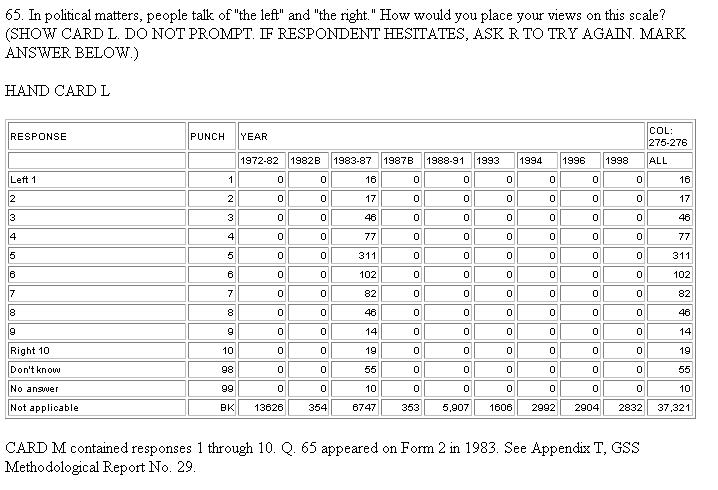

Variable information: By default, includes Position, Label, Type, Format, Measurement level, Role, Value labels, Missing values, and Custom attributes.In the Output tab: (Optional) Choose what variable and datafile properties you want to be included in the codebook:.To include all variables, click inside the Variables box, press Ctrl + A, then click the arrow button. In the Variables tab: Add the variables you want in the codebook to the Codebook Variables box.If you are using an older version of SPSS, this command is not available - it will not appear in the menus, and running the syntax will return error messages. Note: This procedure was introduced in SPSS version 17 ( source: SPSS v23 Command Syntax Reference). You can generate this detailed codebook using the Codebooks dialog window, or using syntax. Also unlike the simple method, the summary information for each variable will be printed in its own table. Unlike the simple method, you can choose which variables are included in the codebook, and you can choose which variable properties are included in the summary. This codebook method includes all of the same information as the simple method, but also includes options for printing summary statistics as well. The codebook will print to the Output Viewer window.Click File > Display Data File Information > Working File.You can generate this simple codebook using the point-and-click menus, or using syntax. It also prints a table with the assigned value labels for categorical variables. It gives the names, labels, measurement levels, widths, formats, and any assigned missing values labels for every variable in the dataset. This codebook method prints most of the information found in the Variable View window. If you are not familiar with variable properties (such as labels or measurement levels) or concepts like value labeling of category codes in SPSS, you should read the Defining Variables tutorial before continuing. Many codebooks are created manually however, in SPSS, it's possible to generate a codebook from an existing SPSS data file. A good codebook allows you to communicate your research data to others clearly and succinctly, and ensures that the data is understood and interpreted properly. For categorical variables: If coded numerically, the numeric codes and what they representĬodebooks can also contain documentation about when and how the data was created.For scale variables: The variable's units of measurement.numeric, string how many characters wide it is how many decimal places it has) How the variable was actually recorded in the raw data (i.e.What the variable represents (i.e., its label).Department of Clinical Epidemiology at McGill University Health Centre.A codebook is a document containing information about each of the variables in your dataset, such as: Resources for more information on Codebooks: Including these 6 important factors into your codebook helps to improve documentation for the research project for future reference as well as improve the efficiency of the analysis of the data. An example of additional information to include would be including the frequency of values as a percentage and a weighted percentage when applicable.Īn example of a detailed codebook that includes these important factors is the codebook for the Behavioral Risk Factor and Surveillance Survey (BRFSS), found at.Any additional info relevant to your data that would help someone who is analyzing it to better understand it.
#Sample codebook code#

This helps locate it in the structure of the data set.Which column number(s) it is/are in the data set.Including both the question number and the actual question can be very helpful.Is the variable a number, a date, a percentage, words, etc.?.

#Sample codebook pdf#
Codebooks are useful for documenting essential information about a research project, such as a survey.Ī codebook does not have to be a physical book, it is usually a pdf file, but could also be something as simple as a plain text file stored with the quantitative data on a shared drive.


 0 kommentar(er)
0 kommentar(er)
